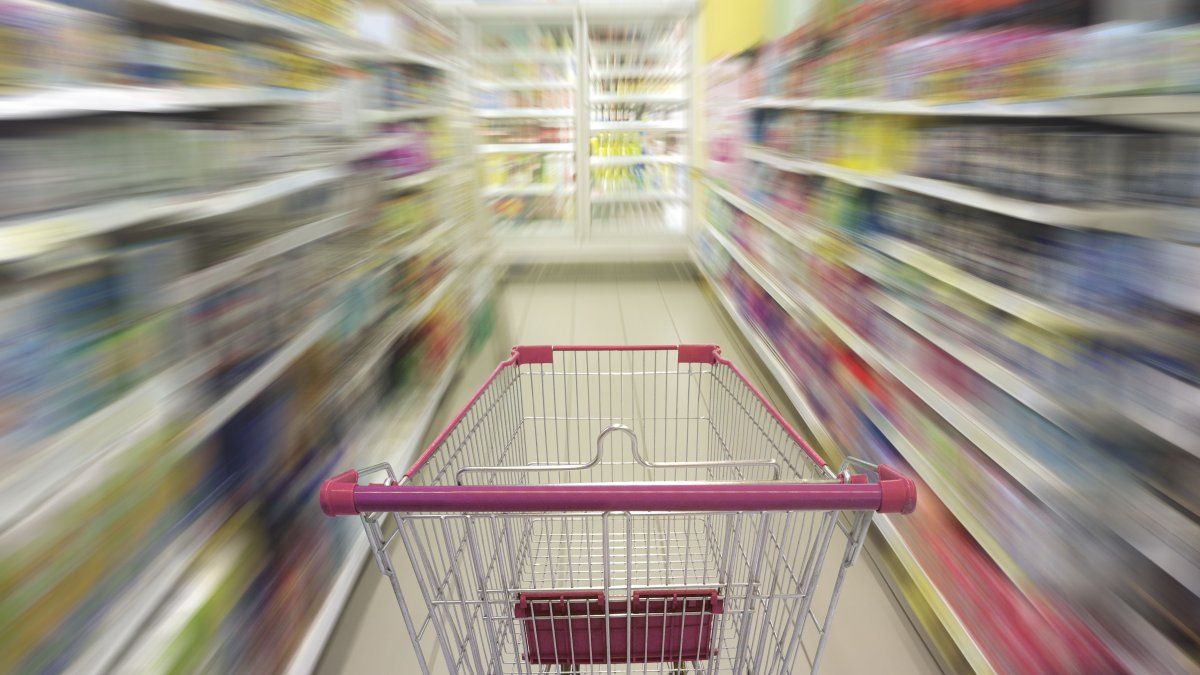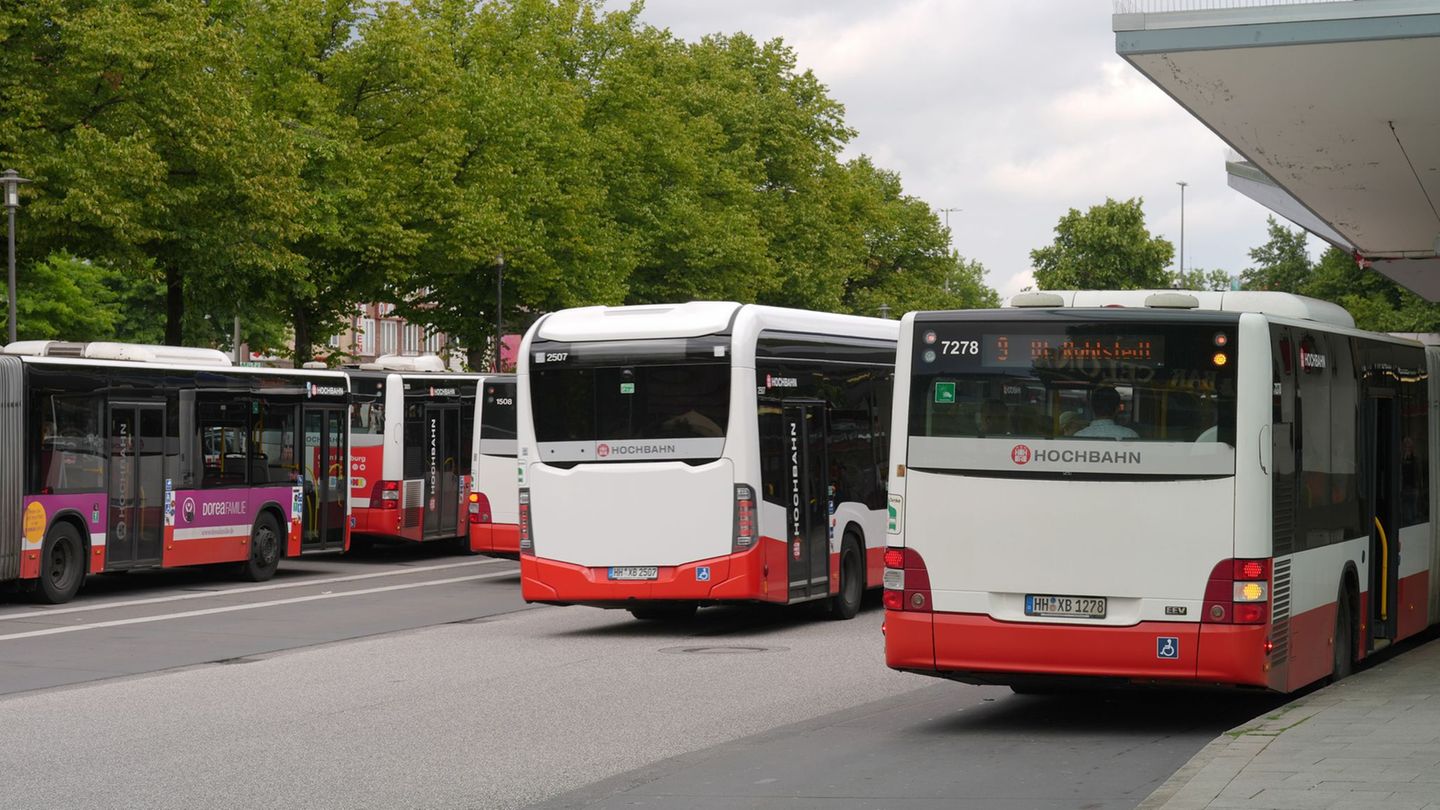The inflationary escalation It hits the most disadvantaged hardest: In popular neighborhoods, food has registered an increase close to 100% in just four monthsaccording to the Institute for Social, Economic and Citizen Policy Research (Isepci) in its latest report.
The document maintains that while President Javier Milei and his economy minister, Luis Caputo, enthusiastically maintain that inflation is in decline and that it is likely that in March the indices will show an increase of less than 10%, “Some of these statements border on the absurd, such as suggesting that “2 for 1” offers or discounts of 50% or 70% on the second unit are indicative of a price decrease“, as if such promotions were not part of the daily routine when buying food.
“It is likely that they made these statements believing they were making a significant discovery, given that they never had to personally make purchases looking for the cheapest products,” the document states.
However, the reality is that, despite Minister Caputo’s meetings with the main actors in price setting, where it was pointed out to them that prices nor correspond to the costs, prices continue to rise without pause, and the supposed offers continue on the shelves without disappearing.
This situation remains unchanged in businesses in popular neighborhoods, where these types of offers have never existed, nor have there been programs with reference prices such as “careful prices”, “close prices” or “fair prices”, promoted by previous governments. In these areas, the increases do not let up either.
The meteoric rise in prices
The report concludes that the prices of the 57 products in the Basic Food Basket (CBA) in businesses in popular neighborhoods in twenty districts of the Buenos Aires suburbs, we found that in March food prices increased by 11.7%. So far in the first quarter of this government, the CBA increased by 89.68%, that is, an average of 22.4% monthly. This means that a family of two adults and two children that needed $182,905.48 to buy basic food in November of last yearin March, needed $346,927.24, 89.68% more than before the start of this government. “It is difficult to understand that this is solely due to the inheritance received.”
consumption commerce sales food inflation supermarkets prices.jpg
Depositphotos
On the other hand, the values of the Total Basic Basket (CBT), which in addition to food includes other essential products for daily life such as health, education, transportation, household rates, etc., show a similar increase. A family of four that needed $655,011.27 in November, required $742,424.29 in March, which represents an increase of 89.79% to cover the same expenses. Last March, fruits and vegetables increased by 12.66%, warehouse products by 14.7%, while meats registered an increase of a “modest” 6.31%.
Since this government took office, fruits and vegetables have increased by 90.35%, warehouse products by 101%, and meats by 72%.
As prices of essential goods and services continue to rise, “andThe government limits wage increases agreed upon jointly, contradicting its discourse on respect for agreements between the parties in the market“, and seeks to reintroduce the income tax in parliament, which leaves the majority of wage earners on the verge of poverty. The president’s praise for his management includes the adjustment of public spending and the explicit recognition that salaries are insufficient.
Meanwhile, resistance and conflicts are increasing and are emerging as protagonists on the national political scene in the near future.
Source: Ambito




